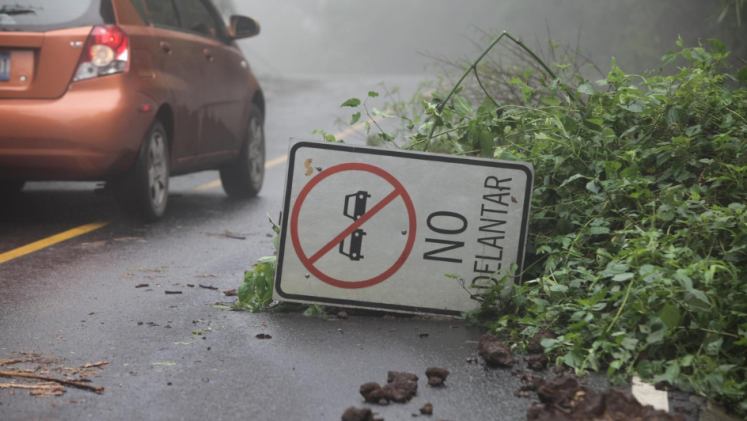The impacts of disasters are growing, especially as we continue to face the risks of a changing climate. Increases in loss and damages and even fatalities have risen. Each year many disasters go unreported or receive little attention to their occurrence and severity. These are known as “overlooked disasters”. We sat down for an expert Q&A session with three experts from the Munich Climate Insurance team, David Daou, Teresa de Jesus Arce-Mojica and Maxime Souvignet to learn why this happens and what the implications are.
What are overlooked disasters and how did your team recognize this problem?
Overlooked disasters are those disasters that go unnoticed by the media, disaster databases, or national registers. They are small events that do not cause many losses and damages on their own. However, over time, they can undermine daily life and their cumulative negative effects can significantly impact peoples’ well-being and livelihoods.
How did you carry out your research?
We developed an algorithm for filtering and extracting flood events from the Google search engine and national newspapers. The code selects specific keywords using text data mining and AI, and also filters geographical locations, the time and date and location range, as well as the number of pages to be scraped.
To illustrate our approach, we extracted and examined historical flood events from 2011 to 2015 in Nepal and Mexico using their respective national disaster databases. Then, we compared our results with the records of EM-DAT and DesInventar, two international disaster databases, to detect overlooked disasters among these different databases.
What are the consequences of overlooked disasters?
Overall, we found that national newspapers and the Google search engine captured more records of flood events than EmDAT and the national disaster database. While in some years the disaster databases lacked information regarding the number of affected people and the total value of economic damages, we could compile this information for all the analyzed years through the algorithm.
Global databases tend to underestimate the number of small disasters due to the threshold they apply to identify events. The aim and purpose of each database is different, because of different scopes, target audiences and geographical scales. All these factors influence the number of records of events registered in each disaster database.
Underestimating the number of small disasters has many implications. Disaster databases are heavily used by governments, the development sector, researchers, policymakers, and humanitarian organizations to help make informed decisions. Our results suggest that small disasters remain overlooked in the existing disaster databases, which could hinder policymaking in recovery, emergency preparedness, hazard mitigation, budgeting for disaster risk reduction, and the destination of the humanitarian funds, grants, and loans. We showcase the role that analytics and AI can play in getting access to more comprehensive data in the Global South. The developed algorithm can help build reliable databases that can be combined with existing ones. We successfully applied our code in two countries already, and it can be easily scaled up to other languages and regions.
How can your research help communities and authorities better prepare and report events when they happen?
In many countries, sub-national or local agencies oversee the collection of data related to human and economic losses as well as damages caused by disasters. These agencies frequently struggle to keep this information systematized and up-to-date.
Data mining is a relevant and promising technique to extract data on disaster impacts from digital newspaper articles. The technique offers unique opportunities for authorities to report disasters and loss and damages more efficiently. Moreover, implementing data solutions to generate loss accounting systems will help governments understand disaster trends and their impacts, so they can better prepare for future events.
Where does your research and work go from here?
Artificial intelligence offers possibilities to create better and improved disaster data accounting systems, and our work is an example of that. Now we want to improve the algorithm by adding different hazards and languages and test it in other countries or regions. We also foresee exciting new applications of AI with other UN agencies to help them, for instance, keep track of project funding in a particular country or region. We want to explore how we can boost projects on similar topics and use it to contribute further to climate action and finance.


